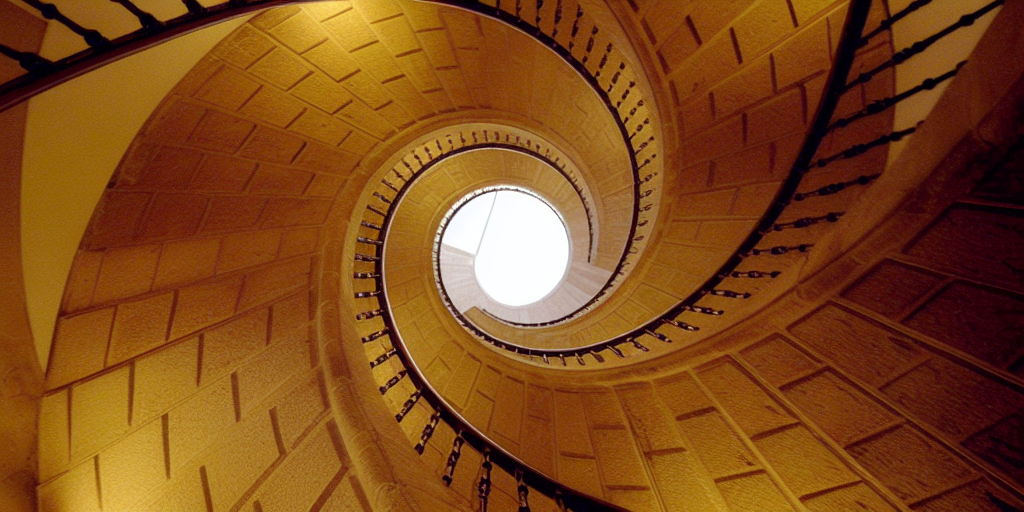Speaker
Description
Enhanced coherence in HoW$_{10}$ molecular spin qubits has been demonstrated by use of clock-transitions (CTs) . More recently it was shown by some of us that, while operating at the CTs, it was possible to use an electrical field to selectively address HoW$_{10}$ molecules pointing in a given direction, within a crystal that contains two kinds of identical but inversion-related molecules [2]. Herein we theoretically explore the possibility of employing the electric field to effect entangling two-qubit quantum gates within a 2-qubit Hilbert space resulting from dipolar coupling of two CT-protected HoW$_{10}$ molecules in a diluted crystal. We estimate the thermal evolution of T$_1$, T$_2$, find that CTs are also optimal operating points from the point of view of phonons, and lay out how to combine a sequence of microwave and electric field pulses to achieve coherent control within a switchable two-qubit operating space between symmetric and asymmetric qubit states that are protected both from spin-bath and from phonon-bath decoherence. This two-qubit gate approach presents an elegant correspondence between physical stimuli and logical operations, meanwhile avoiding any spontaneous unitary evolution of the qubit states. Finally, we found a highly protected 1-qubit subspace resulting from the interaction between two clock molecules [3].
1 Shiddiq, Muhandis, et al. "Enhancing coherence in molecular spin qubits via atomic clock transitions." Nature 531.7594 (2016): 348-351.
[2] Liu, Junjie, et al. "Quantum coherent spin–electric control in a molecular nanomagnet at clock transitions." Nature Physics 17.11 (2021): 1205-1209.
[3] Ullah, Aman, et al. "Electrical two-qubit gates within a pair of clock-qubit magnetic molecules." npj Quantum Information 8.1 (2022): 133.

